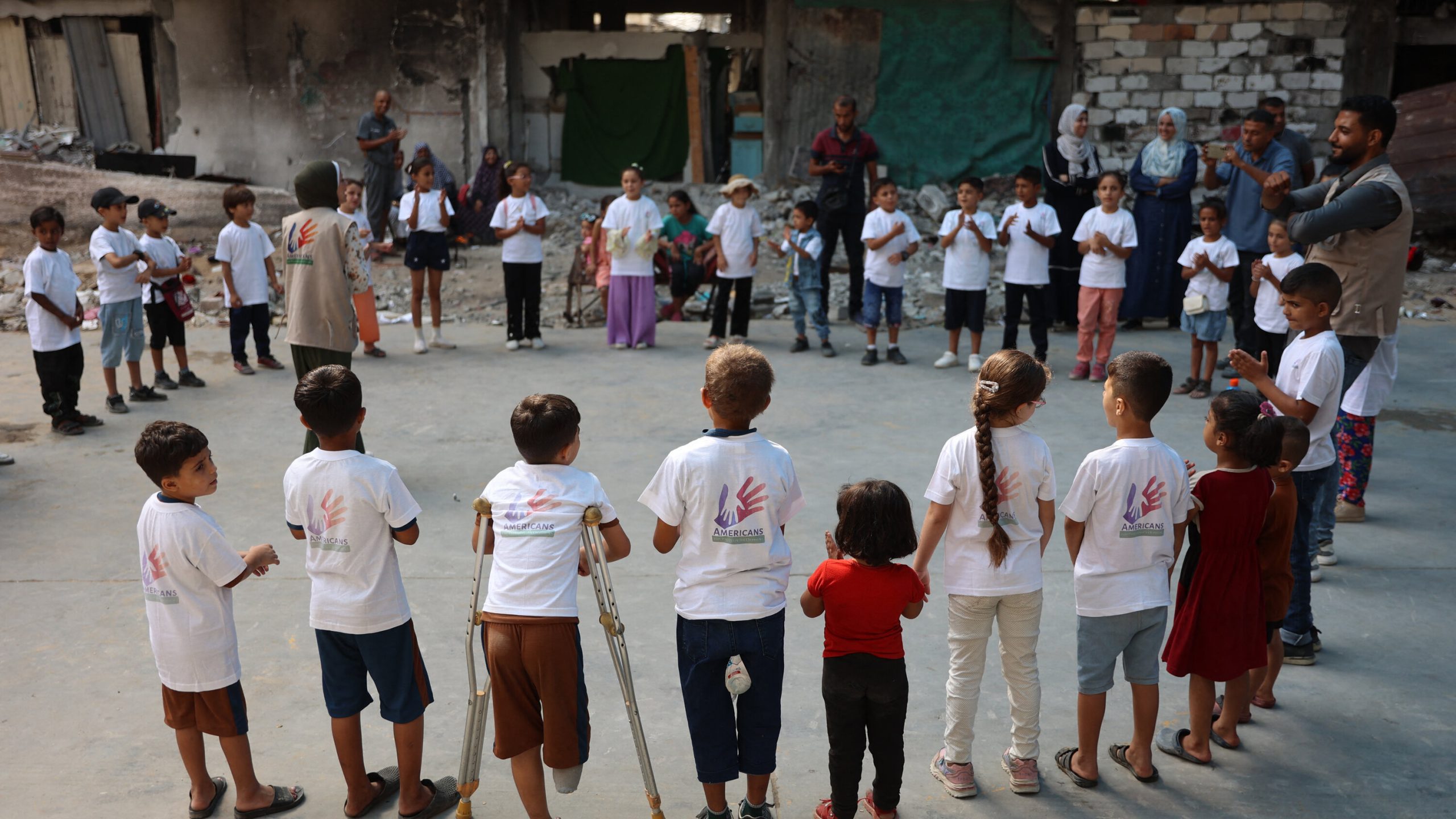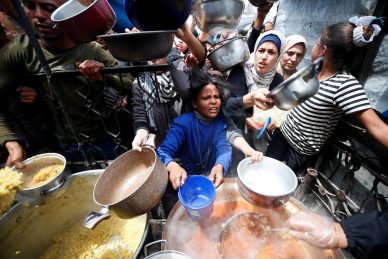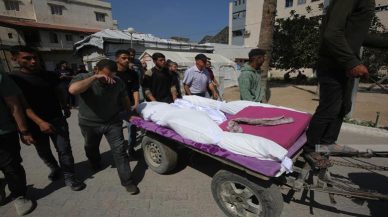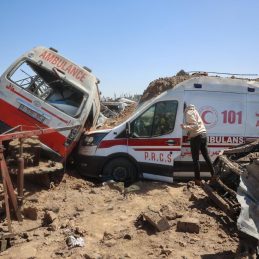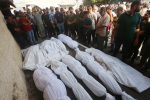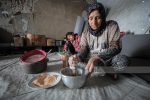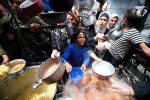GAZA, (PIC)
“I’m not the only survivor… I’m the only martyr.” With this phrase, 16-year-old Mohammad G., the sole surviving child from his entire family, describes his state after losing all his loved ones when their home was targeted. He miraculously emerged alive from under the rubble—alone, grappling with the bitterness of loss and the absence of familial warmth.
The term sole survivor has become unique to the Gaza Strip since the beginning of the ongoing war of extermination. It refers to a person who is the only remaining member of a family that has been completely wiped from the civil registry. This person is left to face the bitter realities of life and the unrelenting pain of loss—made even more agonizing when that sole survivor is a child. This has been the case for more than 700 children in the Gaza Strip during a war whose fires of annihilation still rage.
A bloody toll
According to data revealed by Aziza Al-Kahlout, the spokesperson for the Ministry of Social Development in Gaza, the ongoing war of extermination in the Gaza Strip has left around 40,000 orphans—700 of whom fall under the classification of sole survivor.
The data shows that before the war, the number of orphans in the Gaza Strip was 22,000. This means the war alone has doubled that number.
Even before the war, orphans faced difficult and harsh conditions, despite the presence of some institutions working to provide monthly sponsorships through donors and humanitarian organizations. However, these efforts could not accommodate everyone. Today, these very institutions have themselves become victims of the destruction and devastation that has crippled most institutional and relief work in the Gaza Strip.
An unimaginable tragedy
Um Mohammad, a mother of six who lost her husband during the COVID-19 pandemic, has since been responsible for her six orphaned children. She says that although life was hard before the war, it was still better than now. “At least there were people who checked in on my orphaned children and helped them. Now we cannot even secure our daily bread. No one looks after us or provides for our basic needs.”
Her sons have been forced to work despite their young age. The eldest is just 13 and goes out with two of his brothers to sell coffee their mother prepares—roaming what’s left of popular markets, hoping to earn enough for a single daily meal.
“They go out to sell coffee, and I know they might come back as martyrs—or at best, wounded. I wait for them every day to return safely, but I’m forced to send them out so we can live. This is a war that spares no one, one that has stripped us and our children of our dignity on the streets,” says Um Mohammad.
Um Samer, mother of four orphaned children, lost her husband while he was searching for flour during the famine that struck Gaza City and the north. She now lives in dire conditions.
After their home in the Al-Zaytoun neighborhood in southern Gaza City was destroyed, she and her children were left without shelter or a provider. Before the war, her husband worked various day jobs—now he is among the martyrs.
“A day when I can feed them bread—even if it’s only bread—is a joyful and happy day. We’ve gone for two or three days at a time without a single meal. No one sees us or the many others like us. This war has pushed us into the ranks of the poorest of the poor,” she says.
These few testimonies don’t even touch on other essential aspects—such as psychological, educational, and developmental needs—which have become almost a luxury in the unbearable conditions of the ongoing war of extermination in the Gaza Strip.
Crises worsen the situation
Aziza Al-Kahlout, spokesperson for the Ministry of Social Development, also revealed that all services provided to orphans in the Gaza Strip—limited as they were—have been frozen. This includes both regular and irregular sponsorships, due to the cash liquidity crisis caused by the war.
She explained that orphans have not received any of their sponsorships since the war of extermination began, nor have they received in-kind, psychological, or social support services.
Al-Kahlout warned that orphans are facing social, psychological, economic, and health damages that could escalate to mass deaths at some point if the current dire situation continues to worsen.
She noted that the ministry, in coordination with its partners, has conducted a preliminary survey of newly orphaned children in the Gaza Strip, identified their needs, and included them in a dedicated computerized system. Special aid has been allocated for them, including clothing, hygiene kits, and cash assistance.
Al-Kahlout also mentioned that a directive has been circulated to all institutions—especially those previously involved in orphan sponsorship—to resume their programs, regardless of the availability of cash, by activating digital wallets.
She emphasized that the ministry is currently working with all relevant bodies to reorganize and restructure the orphan support system in a way that guarantees their legal and financial rights.
She clarified that charitable organizations now bear an even greater responsibility to provide diverse services to orphans—social, recreational, psychological, educational, health, legal, and more.
Al-Kahlout called on these institutions to shift from mere sponsorship to comprehensive care, continuing even beyond the legal orphan age (18 years old). This would include educational and vocational training, and continue until the orphan has secured employment or a small business, and eventually marriage and family life.
The greatest crime remains the continuation of this war, which has worsened Gaza’s already complex crises—compounded by a cruel blockade lasting over 19 years. These crises have created catastrophes that will take years just to begin addressing, let alone resolving, at all levels.

